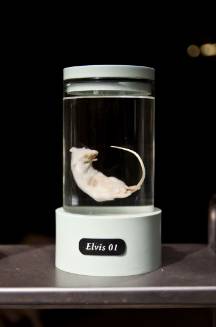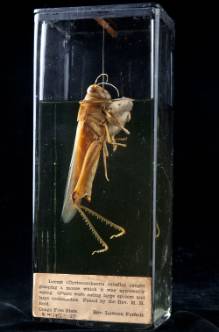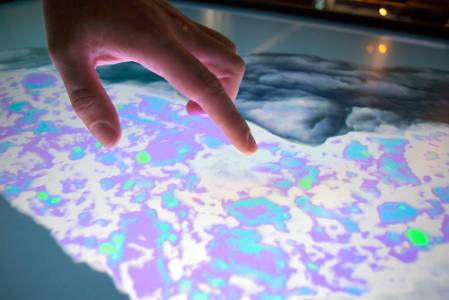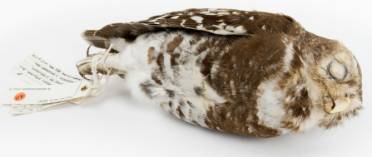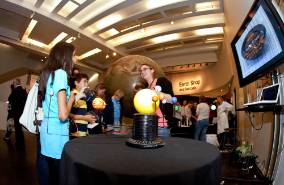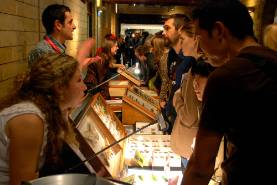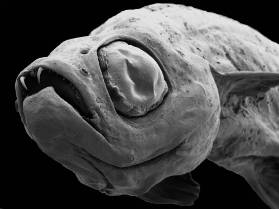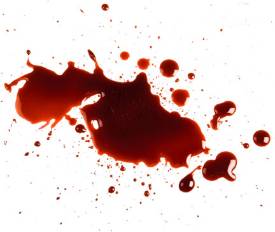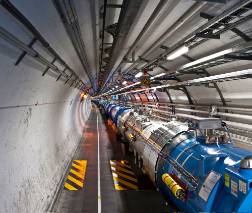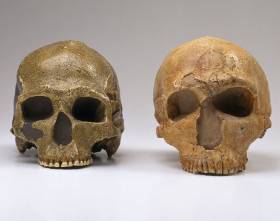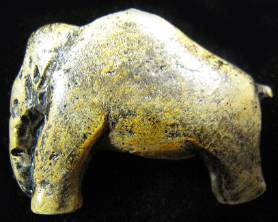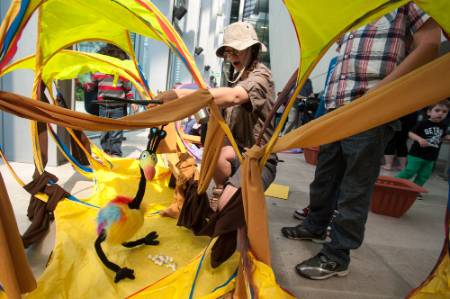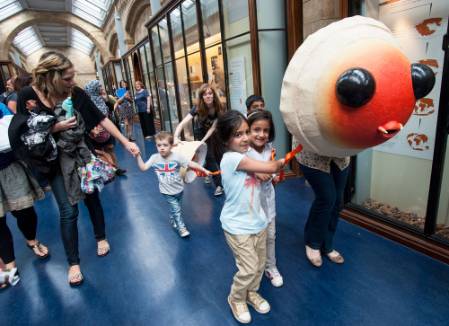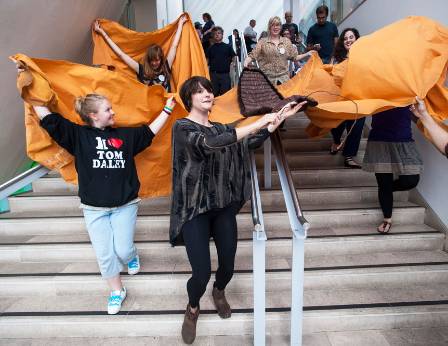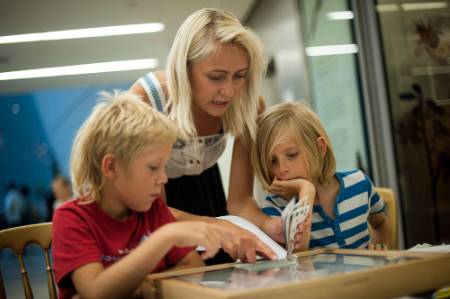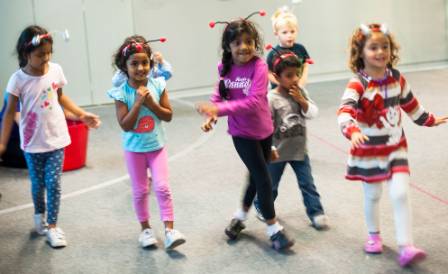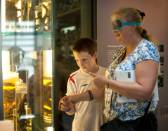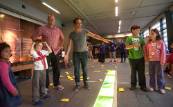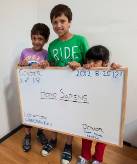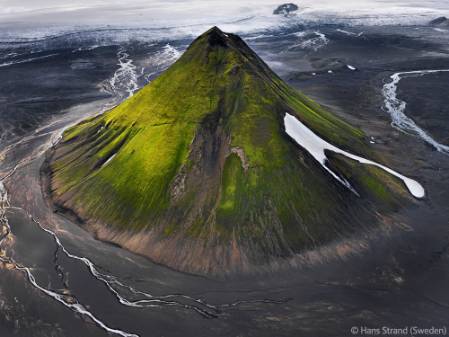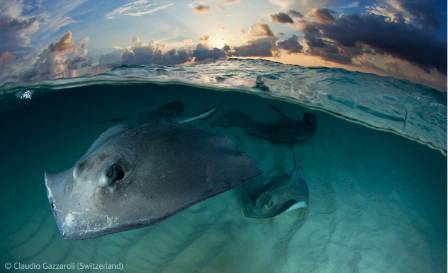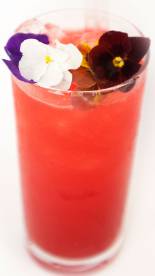 As our mighty Visitor Services team, caterers and planners swing into action for the Museum's biggest event of the year later today, and our Museum scientists make final preparations on their choice specimens, exhibits, equipment and talks for the show, I'm thinking of the things I will definitely be doing in a few hours time when I leave the office myself and visit Science Uncovered. It opens to the public at 16.00 and goes on until 23.00.
As our mighty Visitor Services team, caterers and planners swing into action for the Museum's biggest event of the year later today, and our Museum scientists make final preparations on their choice specimens, exhibits, equipment and talks for the show, I'm thinking of the things I will definitely be doing in a few hours time when I leave the office myself and visit Science Uncovered. It opens to the public at 16.00 and goes on until 23.00.
High on my list is, naturally, sipping The Pollinator cocktail (left) created exclusively for tonight's occasion. Its ingredients can't be revealed, but I've heard it is infused with vanilla and smells delicious, and is inspired by the pollination process... mmm nice! This concoction is available at the Cocktail bar in the Darwin Centre, and right next to the Food Station, which was a really cool place to hang out last year and have some really fruitful conversations.
Before heading over to the Darwin Centre, I hope to witness the volcano erupting at the Earth Station in the Earth Hall. And on my way from Earth to the Green Bar, I'll stop to listen to the Soapbox Art speakers in the Lasting Impressions gallery. I'm really intrigued about the possibility of a genetically-cloned Elvis mouse (below left) and perplexed by the prospect of women giving birth to endangered dolphins if the future need arose...
Both these somewhat surreal subjects and the speculative uses of scientific advancement, as seen through the eyes of budding Royal College of Art design graduates, are sure to give great food for thought. Soapbox Art is a new addition this year.
'Tails' of mice at Science Uncovered tonight. Left a mouse that could be genetically-cloned from Elvis hair samples... featured in a Soabpox Art session; right a locust devouring a mouse at the Parasites/Pests Station.
On the subject of mice and pests, there will be more to explore at the Darwin Centre science stations. I definitely need to see the locust caught in the act of devouring a mouse at the Parasites/Pests Station, where I heard a rumour there might also be edible chocolate parasites. And I must remember to get some inside information at the Vets Station for a little person I know who wants to become a vetinary surgeon.
Another must is the roaming digital specimen table (below) where I'll have a go - if I can get a look in - at unwrapping a mummified cat and examining the core of the rare Tissint Martian meteorite. The table will be in the Earth Hall (where you can also see the Imaging Station) from 16.00 - 20.00, moving to the Earth globe just outside the Earth Hall from 20.00 - 22.00.
And of course, I'll be drawn to weird fish, ancient skull cups, gorgeous butterflies, giant bugs, native gold, glowing minerals, amazing CT scans and much, much more along the way.
For anyone interested in science and in our planet's history, its solar system and its future, this is the place to be in London tonight.
Find out about the Science Stations and everything that's on tonight at Science Uncovered
Read the news story about the digital specimen table
Download the Science Uncovered map [PDF]
Of course, if you're in Hertfordshire and close to our Museum at Tring, you can join in their amazing Science Uncovered at Tring night there too. The Edge of Extinction display and talk about birds, which is Tring's special area of research, promises to be fascinating as do some of their special bird art presentations. Pictured above is the forest owlet that has recently been making a recovery and actually 'returning from the dead'.



